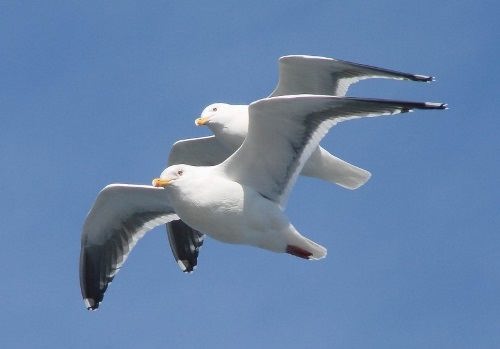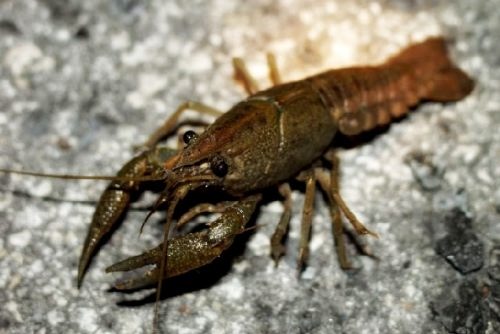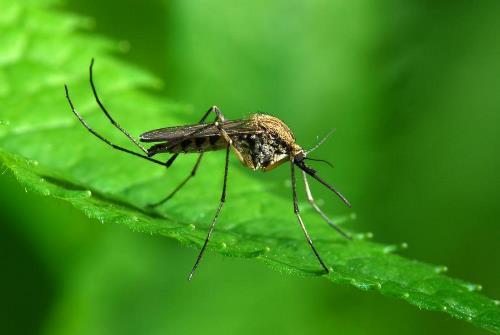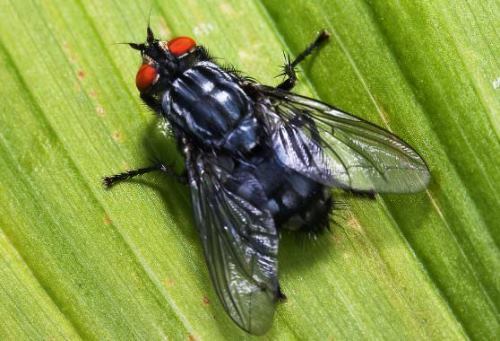Deer – graceful animal
Deer are generally slender and long-legged. Their most striking characteristic is the presence of antlers. The deer family includes about 45 species. The legs are long and slender, well-suited for fast running. Most species of deer have antlers. Usually only males have them, however, in Rangifer, the caribou, both sexes have antlers. Other species, such as the Chinese water deer and the tufted deer, have tusks. Deer are native to Europe, Asia, North America, South America, and northern Africa. People have brought them to Australia, New Zealand, and other areas. Most deer live in small family groups, though the males generally spend some time alone. Female deer usually give birth to one or two young.
The smallest deer, the South American pudu, is about 30 centimeters tall at the shoulder. The largest deer, the moose, may be more than 2.1 meters tall at the shoulder.
More »






